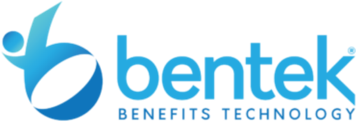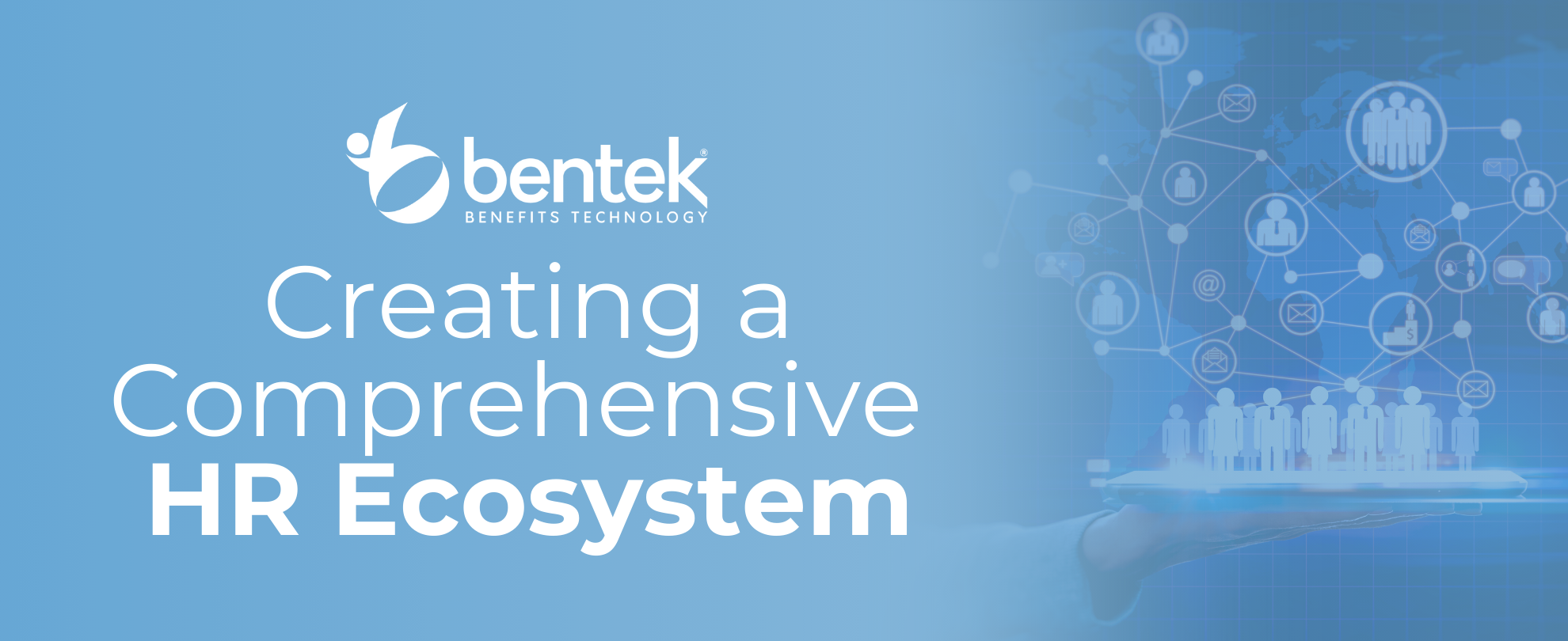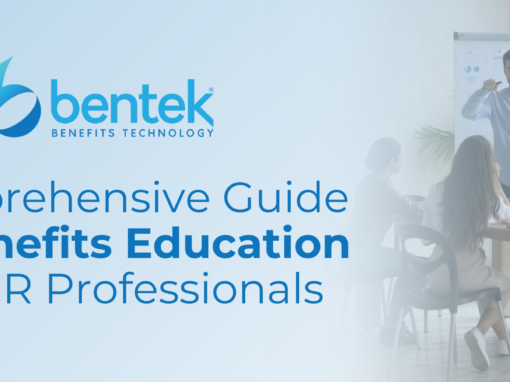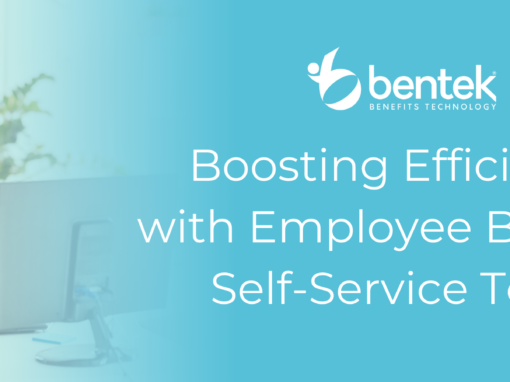In today’s fast-paced business environment, creating a cohesive HR technology ecosystem is more critical than ever. As organizations grow and evolve, the need for integrated systems that streamline processes and enhance employee experience becomes vital. By developing a comprehensive HR ecosystem, companies can ensure that all their tools work seamlessly together, reducing inefficiencies and empowering their workforce to perform at their best. This approach not only optimizes operations but also drives engagement and innovation across the organization. Are your ready to get started?
An Introduction to Comprehensive HR Ecosystems
The concept of a HR ecosystem represents a paradigm shift in how organizations manage their most valuable asset—people. In today’s dynamic work environment, the integration of benefits administration, payroll, and Human Resource Information Systems (HRIS) into a cohesive system is not just a luxury; it’s a necessity. This integrated approach brings about several key benefits:
- Streamlined Operations: By bringing together disparate HR functions, companies can eliminate redundancies, reduce errors, and save time. This efficiency is crucial for HR teams that are often stretched thin.
- Enhanced Efficiency: A unified HR ecosystem automates many of the manual tasks associated with HR management, from payroll processing to benefits enrollment. This automation frees up HR professionals to focus on more strategic initiatives.
- Improved Employee Experience: When HR systems work together seamlessly, employees enjoy a smoother, more intuitive interaction with HR processes. From onboarding to retirement, a comprehensive HR ecosystem ensures that every touchpoint with HR is positive.
- Strategic Alignment: Integrating HR functions helps align HR strategy with business objectives. With a unified view of HR data, leaders can make informed decisions that support the organization’s goals.
At its core, a comprehensive HR ecosystem leverages a technology ecosystem to create a more interconnected and efficient HR landscape. This involves the strategic use of technology to not just automate tasks but to enhance decision-making and strategic planning. As we delve deeper into creating such an ecosystem, it’s important to understand that the journey involves careful planning, stakeholder engagement, and a commitment to continuous improvement. The end goal? A responsive, resilient HR department that is well-equipped to support the organization’s most important asset: its people.
Creating a Unified HR Ecosystem through Technology
In the realm of human resources, the integration of technology not only streamlines operations but fundamentally transforms them. The creation of a unified HR ecosystem, which encompasses benefits administration, payroll, and HRIS, represents a significant leap towards operational excellence and strategic alignment. This section explores how technology serves as the backbone of this integration, drawing on insights from foundational research and studies.
Bridging Gaps with Integrated Systems
The integration of HR functions through technology isn’t simply about consolidating software applications; it’s about creating a seamless flow of data and processes that enhance the strategic and operational capabilities of an organization. The Wiley Online Library research underscores the importance of aligning organizational strategy with workforce capabilities, a feat made possible through a well-architected HR ecosystem:
- Strategic Alignment: Integrated systems ensure that HR strategies are not developed in isolation but are directly linked to the broader organizational objectives.
- Enhanced Decision-Making: With a unified data pool, HR can provide actionable insights that drive business growth and workforce optimization.
- Efficiency and Productivity: Automating routine tasks frees up HR professionals to focus on strategic tasks, such as talent development and employee engagement.
Emphasizing Adaptability and Resilience
The dynamics of the HR department, as explored in the NCBI study, highlight the ecosystem’s adaptability and resilience, especially in the face of rapid technological advancements. This adaptability is critical for organizations to remain competitive and responsive to changing market dynamics:
- Rapid Response to Change: A unified HR ecosystem allows organizations to quickly adjust their HR strategies and processes in response to external changes.
- Resilience: By integrating HR functions, organizations build a more resilient HR function that can withstand disruptions and maintain continuity of operations.
Benefits of a Unified HR Ecosystem
The transition to a unified HR ecosystem brings several tangible benefits to organizations, further justifying the investment in technology to bridge HR functions:
- Regulatory Compliance: Keeping abreast of compliance requirements is simpler with integrated systems, as they can be updated centrally to reflect changes in legislation.
- Data Security: A unified system enhances data security, reducing the risk of breaches by eliminating data silos.
- Personalized Employee Experience: By analyzing comprehensive data, HR can tailor programs and benefits to meet the unique needs of each employee, enhancing satisfaction and engagement.
In essence, the move towards creating a unified HR ecosystem through technology is not merely a trend but a strategic imperative. Organizations that successfully integrate their HR functions stand to gain significantly in terms of operational efficiency, strategic alignment, and the ability to provide a superior employee experience. The foundational research from sources like the Wiley Online Library and NCBI provides a robust framework for understanding the immense value and potential of a comprehensive HR technology ecosystem. As technology continues to evolve, so too will the capabilities and impact of these integrated HR systems, shaping the future of work in ways we are just beginning to understand.
Leveraging HR Technology for Strategic Advantage
The landscape of the workplace is on the brink of a revolutionary transformation, propelled by advancements in HR technology. The iCrowdNewswire report projects a pivotal shift; by 2030, the integration of HR technology will have redefined traditional work models, steering towards more remote and hybrid frameworks. This transition underscores the strategic imperative for organizations to adopt HR tech solutions that offer unparalleled flexibility and scalability, ensuring they remain agile in the face of evolving workforce dynamics.
Strategic Importance of HR Tech Adoption
- Aligning with Workforce Dynamics: Adopting flexible and scalable HR technologies is crucial for aligning with the rapidly changing expectations and preferences of the modern workforce.
- Data-Driven Decision Making: Leveraging AI-driven analytics allows HR professionals to make informed decisions about talent management, employee engagement, and retention strategies.
- Competitive Edge: Organizations that harness innovative HR solutions can attract and retain top talent by offering a superior employee experience and fostering a culture of growth and development.
Innovative HR Solutions Driving Competitive Advantage
- AI-Driven Analytics for Talent Management: Utilizing artificial intelligence to analyze employee data helps in identifying potential leaders, assessing skills gaps, and personalizing career development plans.
- Predictive Modeling for Employee Engagement and Retention: Predictive analytics can forecast employee turnover, identify engagement drivers, and develop targeted retention strategies.
- Customized Employee Experiences: By analyzing comprehensive data sets, HR technologies enable organizations to offer personalized benefits, learning opportunities, and wellness programs.
Digital Transformation in HR Practices
- Impact on HR Practices: The integration of digital tools streamlines HR processes from recruitment to retirement, automates mundane tasks, and enables HR professionals to focus on strategic initiatives.
- Want more information? Check out this article from Bentek on the impact of data-driven HR on benefits administration.
Success Stories of HR Technology Integration
- Organizations Excelling with HR Tech: Examples abound of enterprises that have strategically harnessed HR technology to foster growth, drive efficiency, and enhance the overall employee experience.
- Measurable Benefits: These organizations report significant improvements in process efficiency, employee satisfaction, and retention rates, underscoring the tangible benefits of a comprehensive HR technology ecosystem.
The advent of HR technology stands as a beacon of strategic advantage for organizations willing to embrace change and innovate. By integrating sophisticated HR solutions, companies can not only adapt to the changing dynamics of the workforce but also pave the way for a more flexible, scalable, and employee-centric future. The initiatives led by visionaries like Petar Divjanovic at DEKRA Arbeit Group illustrate the boundless potential of digital transformation within HR practices, setting a benchmark for others to follow. As we edge closer to 2030, the integration of HR technology will undoubtedly play a pivotal role in shaping the workplaces of the future, making the adoption of such technologies not just strategic but essential for organizational success.
Best Practices for Implementing a Comprehensive HR Ecosystem
Creating a unified HR ecosystem demands strategic foresight, meticulous planning, and an inclusive approach that fosters cooperation across all levels of an organization. The key to unlocking the full potential of this ecosystem lies in integrating benefits administration, payroll, and HRIS into a seamless operational framework. Here, we delve into actionable insights and best practices crucial for organizations aiming to develop and implement a robust HR ecosystem.
Stakeholder Engagement and Cross-departmental Collaboration
- Early Involvement: Engage stakeholders from various departments at the onset of the HR ecosystem implementation project. This includes IT, finance, and, importantly, the end-users in HR. Their early involvement ensures their needs and concerns shape the project from the ground up.
- Creating a Unified Vision: Ensure all parties share a common understanding of the project’s goals and how it aligns with the organization’s overall strategy. This alignment fosters a sense of ownership and commitment to the project’s success.
- Communication Channels: Establish clear and open lines of communication. Regular updates and feedback loops between project teams and stakeholders help in addressing concerns promptly and keeping the project on track.
Selecting the Right Technology Partners and Solutions
- Compatibility Check: Assess the compatibility of new HR solutions with existing systems. Seamless integration is crucial for real-time data exchange and operational efficiency.
- User-Friendliness: Opt for solutions that offer an intuitive user interface. The ease of use will encourage adoption among HR staff and employees, ensuring the system’s effectiveness.
- Support Services: Prioritize vendors that offer robust support services, from implementation assistance to ongoing maintenance and troubleshooting. A reliable support system is invaluable during and after the transition to the new HR ecosystem.
For help with selecting the right technology partner, check out this helpful guide.
Ongoing Training and Development
- Comprehensive Training Programs: Implement training programs tailored to different user groups. This includes technical training for HR staff and simplified orientation sessions for employees to navigate the new system efficiently.
- Feedback-Driven Iteration: Use feedback from training sessions to identify areas of the system that may need refinement. Continuous improvement ensures the HR ecosystem evolves to meet the organization’s changing needs.
- Professional Development: Encourage HR professionals to engage in ongoing learning and development opportunities. Staying abreast of the latest HR technologies and best practices is essential for maximizing the benefits of the HR ecosystem.
Integration Challenges and Mitigation Strategies
- Data Migration: Migrating data to a new HR system can be fraught with risks, including data loss and errors. Implement a phased migration approach, validating the data at each step to ensure accuracy and completeness.
- System Interoperability: Address interoperability issues by conducting thorough testing during the selection phase. Ensure the new HR solutions can exchange data with existing applications without friction.
- Change Management: Anticipate resistance to change and address it through comprehensive change management strategies. This includes clear communication about the benefits of the new system and involving employees in the transition process.
The Future of HR Ecosystems
- Emerging Trends: The future of HR ecosystems is likely to be shaped by advancements in artificial intelligence, machine learning, and blockchain technology. These innovations promise to further streamline HR processes, enhance decision-making, and improve data security.
- Personalized Employee Experiences: Future HR ecosystems will increasingly focus on delivering personalized employee experiences, leveraging data analytics to tailor benefits, learning opportunities, and career development initiatives to individual needs.
- Global Talent Management: As organizations become more global, HR ecosystems will play a crucial role in managing diverse workforces across different geographies, cultures, and regulatory environments.
Conclusion
Adopting a comprehensive HR ecosystem is not without its challenges; however, the strategic benefits far outweigh the initial hurdles. By fostering stakeholder engagement, choosing the right technology solutions, and committing to ongoing training and development, organizations can unlock the full potential of their HR functions. Looking ahead, the continuous evolution of HR technology promises to redefine the landscape of human resource management, making it more efficient, flexible, and aligned with the ever-changing dynamics of the modern workplace.
Want to learn more about what Bentek can do for you? Click Here!




